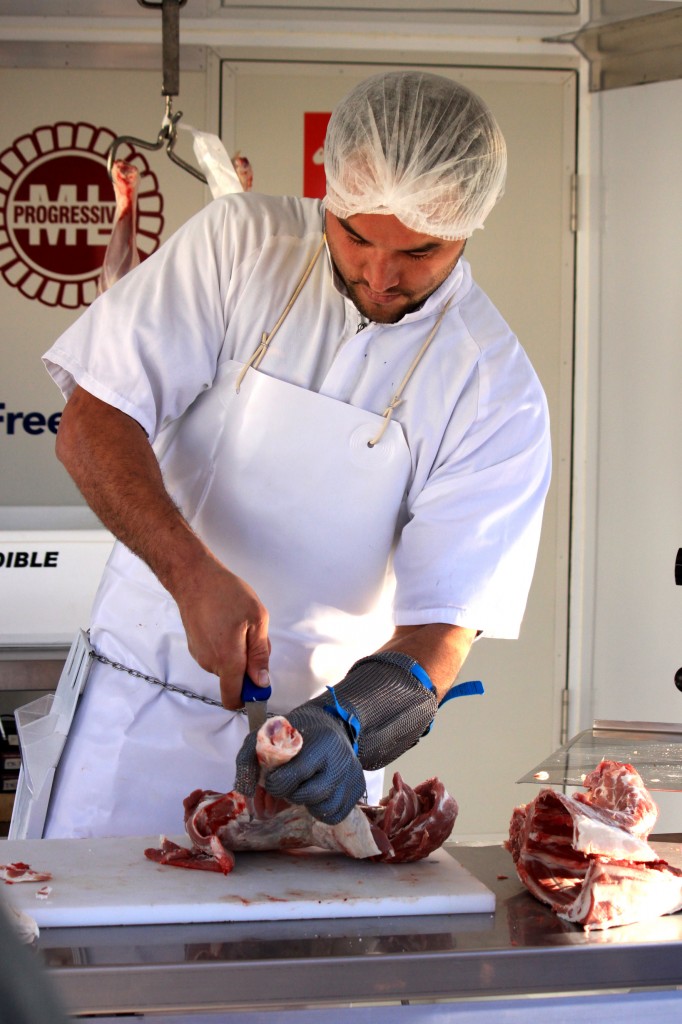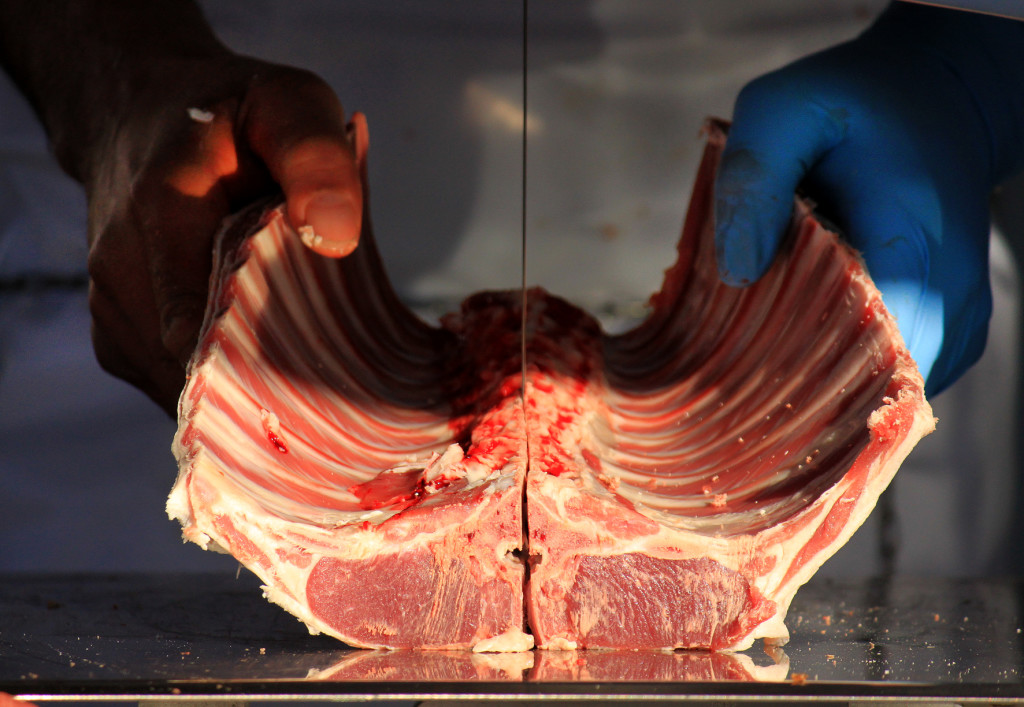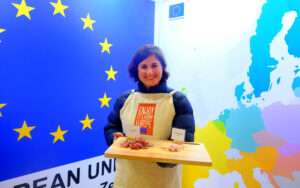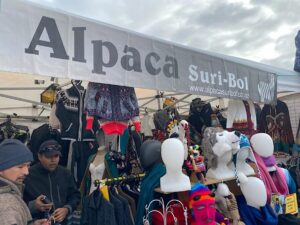Te Kuiti butchers demonstrate what happens to export meat in supermarkets
A team of Te Kuiti butchers are showing sheep farmers what happens to their export meat when the product hits the supermarket shelves.
A team of Te Kuiti butchers are showing sheep farmers what happens to their export meat when the product hits the supermarket shelves.
Te Kuiti Meat Processors have set up their mobile butchery at Fieldays this week to demonstrate how they butcher a lamb for top dollar.

Plant manager Chris Cardno said the demonstration involves butchering a lamb into export quality cuts for different markets including America, the UK, South America and China.
“The whole point is to show the farmer the end market,” he said. “The farmer does all this work and spends his life producing animals within our weight range and specifications but what they don’t see is the product in the end market.”
Te Kuiti Meats built the demonstration trailer to show farmers what happens to their animal after they are loaded onto the trucks.
“The whole purpose and why this trailer was built is to get out to the farmer and take what we do in the plant to the farm,” he said. “They get to see the cuts – not just hacked up traditional chops that you see on the farm – but what the product goes to in the market and how it’s presented on the shelves.”
Meat processors have to be aware of the requirements of different markets and Te Kuiti Meat Processors have to meet a range of specifications.
Livestock manager, Steve Hesp, said different markets have different requirements and New Zealand meat exporters have to be flexible in their approach to meeting demand.
“Chinese people require a different product to European or American,” he said. “In the last three or four years there’s a huge requirement from China and they’re taking a lot of non-prime cuts like flaps and brisket.”
Mr Hesp said they want to add value to the farmers by sharing information about the butchery process and the needs of different markets.
“It’s a win-win thing,” he said. “Informed people know why they are producing what they are producing and they can see the cuts and why should do this and shouldn’t do that.”

Leading hand, Garnett Rapana, has five years experience in the boning room and will be using his skills to demonstrate the various cuts needed for the international market.
“I’ve been on the floor for about five years but they chose me because I’m better looking than some of the other fellas,” he said.




